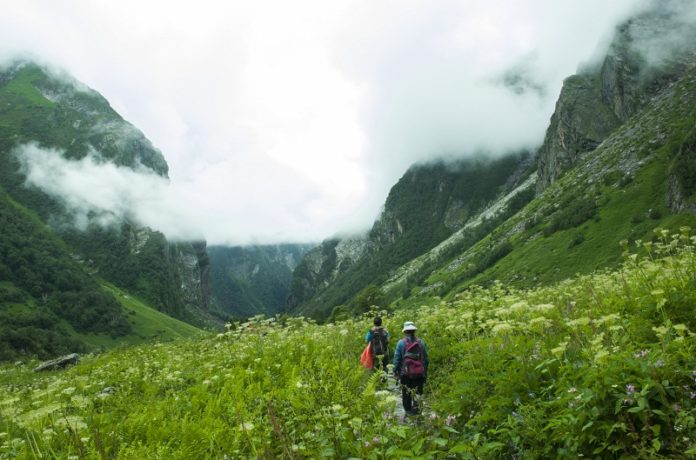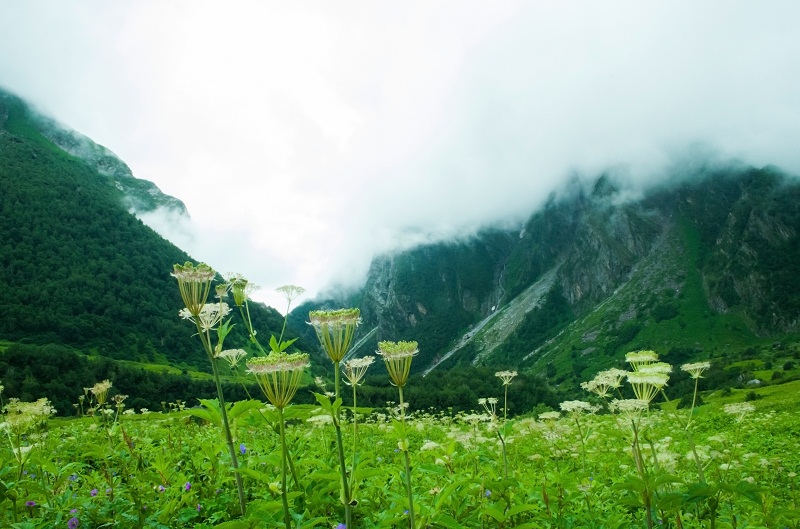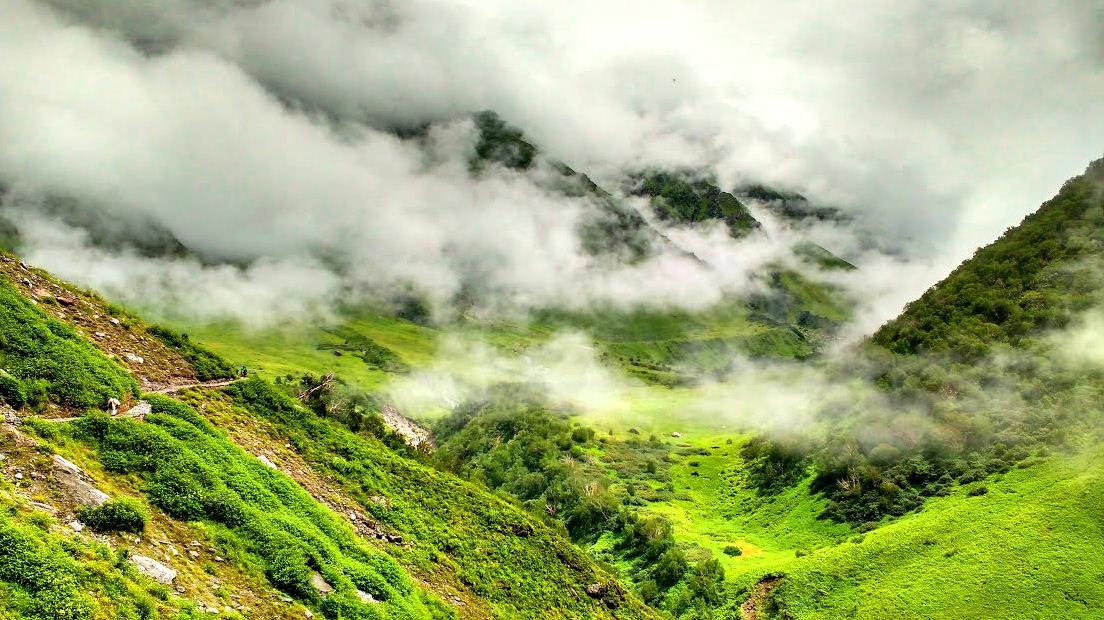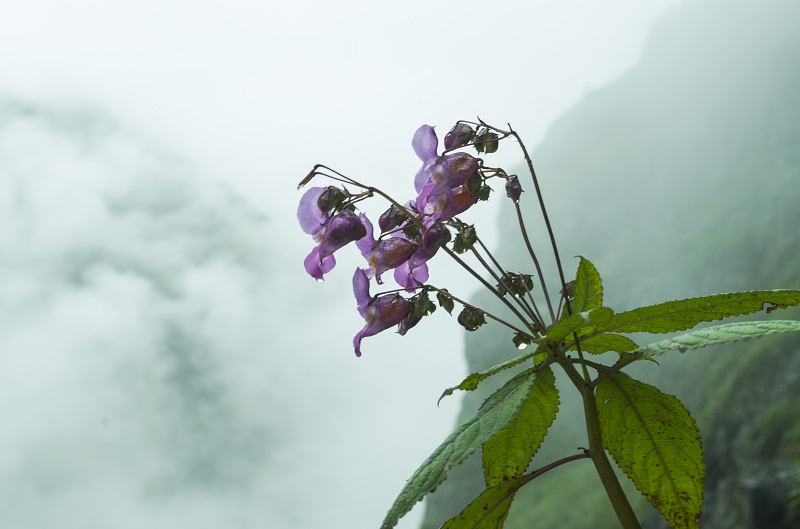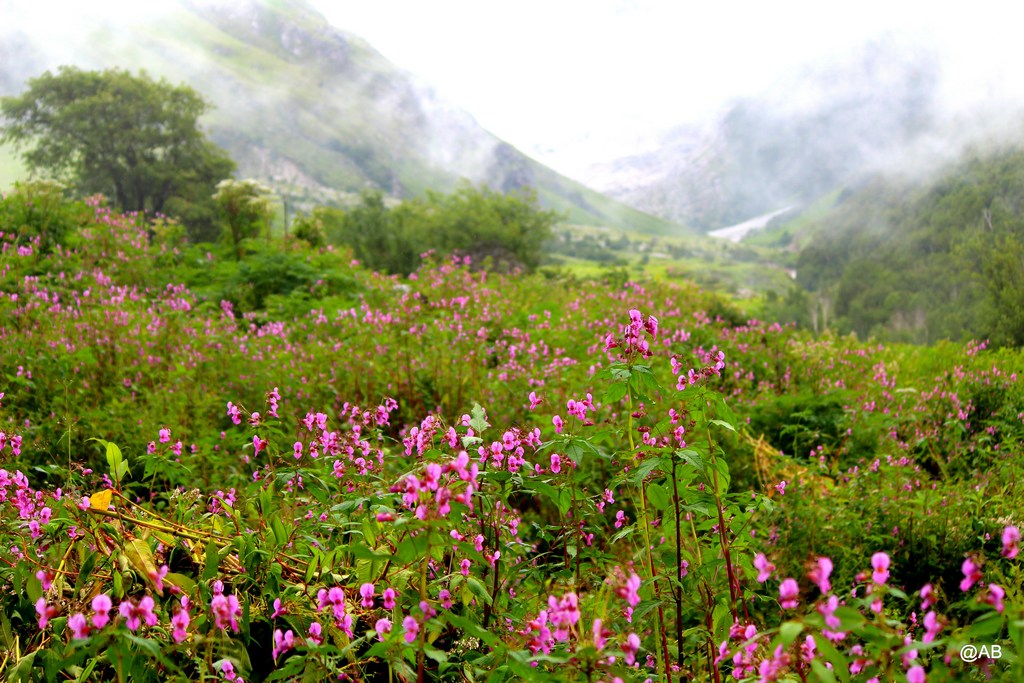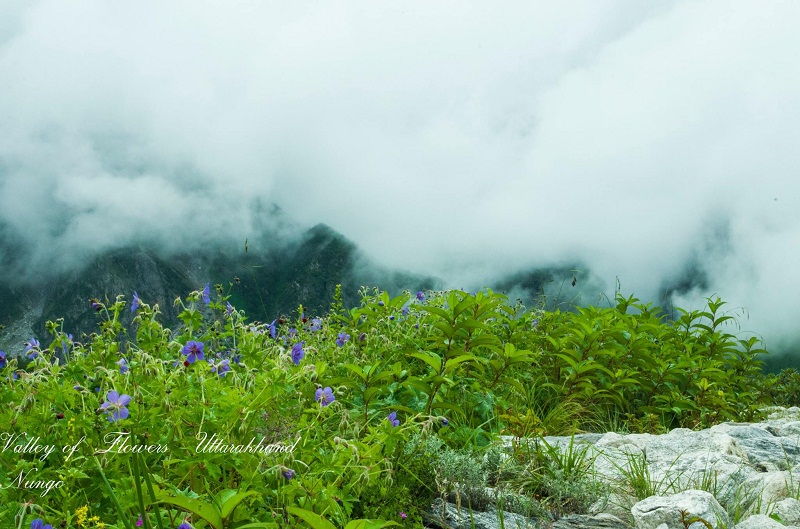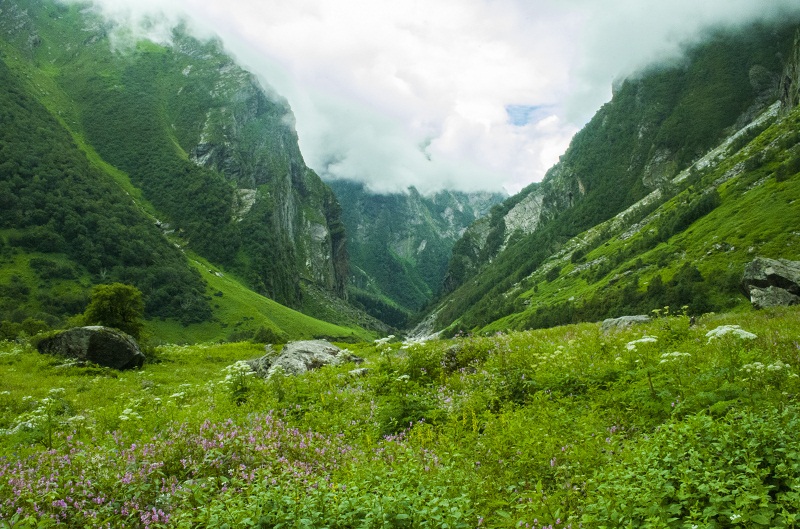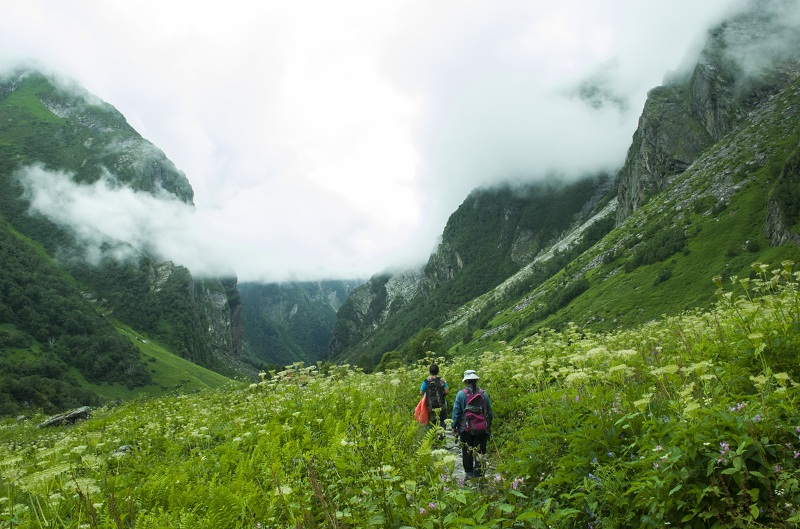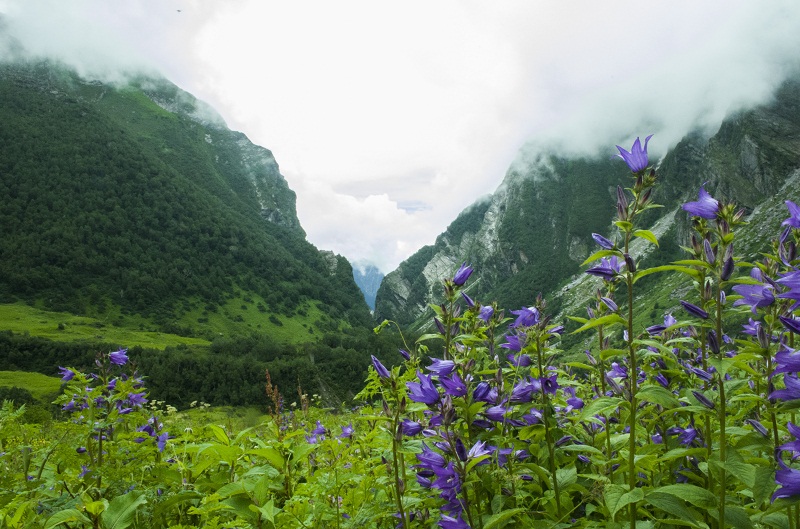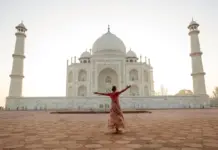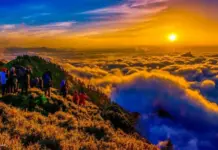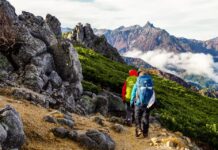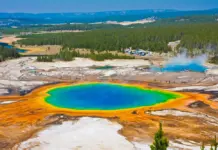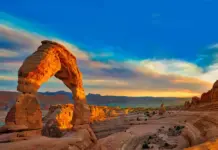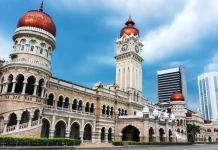Before my trip I had heard a lot about the famous Bhyundar valley of Flowers (The valley of flowers India) in northern India. Thomas Hardwicke—an English scientist and one of the first foreigners to discover the valley during his expedition through the Garhwal area in Himalaya—said that it was the most beautiful Himalayan valley that he had ever seen. It was this bold statement that inspired me to visit the valley.
- 10 best places to visit before they disappear around the world
- Exploring Hang En Waterfall — A silver strip of silk amid the jungle of Kon Chu Rang
- Grand Canyon short trip — How to get the most from a short trip
- Xinjiang blog — A journey to the paradise on earth
- Visit Shiding Thousand Island Lake Taiwan — Explore the beautiful scenery of Taipei in one day
Wading through forests and across a glacier
The Bhyundar Valley of Flowers is an Indian national park located in the state of Uttarakhand and nicknamed the “Land of Gods.” UNESCO recognized it as a world heritage site in 2005. It contains over 500 species of flowers varying by elevation, making it a paradise for ecologists.
I’m not an ecologist, but I was still captivated by the enchanted Valley of Flowers, and decided to take a trip there during my first summer holiday in India.
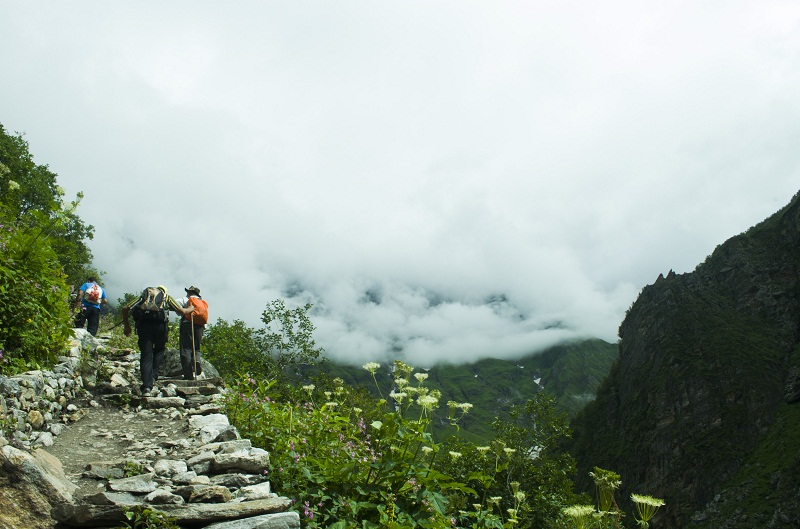
My Indian friends who are passionate about trekking warned me that the valley is quite difficult to access. I was fortunate to meet some fellow-travelers on the road, and we split the cost of hiring a Jeep to take us to the hiking area. Heavy rain and the valley being closed had prevented several of my companions from reaching the valley three times. This time, however, we were in luck and the weather was fine. Although it was sunny during the day, temperatures could drop to 0oC at night.
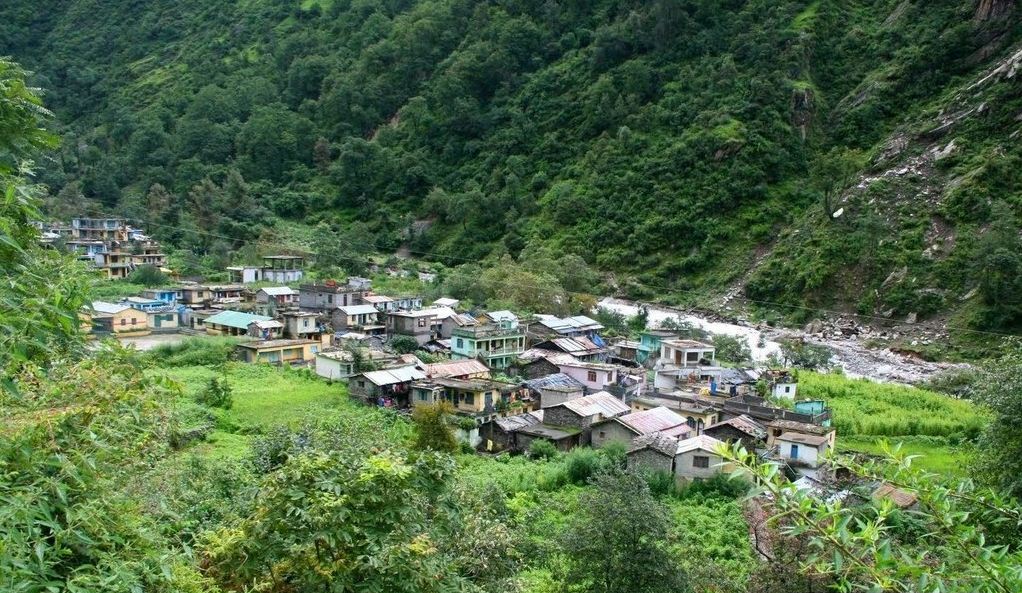
The center of the valley covers an area of ten square kilometers and can only be reached on foot. Starting from Joshimath, you must hike 13 kilometers to Ghangria where you can reach the valley and Hemkund—a sacred place for the Sikh and Hindu where Gurudwara Shri Hemkund Sahib meditated before passing away.
We spent a day walking to Ghangria village. The imposing Himalayan Mountains embrace the Bhyundar Village. The Ganges River cuts through the village, its white foam and early morning murmur like the breath of Mother Nature.
From Ghangria village we hiked four kilometers to the valley, then an additional six to Hemkund. At one point we had to wade across a glacier. When we reached the top we were surrounded by dense fog and had to wait until the sky cleared to move forward.
My wish was finally granted. I had the opportunity to touch the most valuable prize along this arduous journey. The beautiful clear waters and the white blocks of ice speckling the ranges showed me why this hike attracted so many exploration enthusiasts.
Flowers over the foggy
The following day I visited the Valley of Flowers. When I saw this flowery paradise with my own eyes, I realized that “breathtaking beauty” was the only way to describe it. As I reached the top of the slope, a massive and majestic space opened up before me, welcoming me into a completely different world.
The Bhyundar Valley of Flowers is wrapped in the Himalayan mountains. Clouds drift among the peaks, creating a fascinating picture. Nature lovers must get to know this valley, one of the holy lands offered by Mother Nature.
After hiking I reached a landmark—the stream. The cool breeze, the clean air and the peaceful silence of the valley make me wonder how such a beautiful and majestic place could exist. I sympathized with Thomas Hardwicke.
My trek to the Bhyundar Valley of Flowers lasted for one week. From the moment I set my foot down in the valley a special privilege was bestowed upon me. Those who had to wait for the mercy of good weather as my travel companions did were elated to witness the natural beauty of the valley. It truly resembled a sacred dwelling place for gods.
Additional information
+ How to reach valley of flowers (itinerary): AirAsia and Thai Airways offer direct flights from Vietnam to New Delhi. Travel from New Delhi to Dehradun (Uttarakhand) by plane, train, or bus (buses arrive every 15 minutes; the trip will last around six hours). Travel from Dehradun to Joshimath by bus or car (10–12 hours).
+ Hiking: Take a Jeep from the Joshimath bus station. Stay overnight near the foot of a mountain and start out early the next morning to climb the 13 kilometers to Ghangria village. This usually takes about one day. Stay overnight in Ghangria. The next day, hike toward Hemkund and the Valley of Flowers.
+ Notes:
- Bhyundar valley of flowers best time to visit: The rainy season, lasting from June to August, is the best time to hike Bhyundar. The mountain is very cold—the temperature can drop to 0oC at night. Therefore, bring warm but lightweight jackets, a woolen cap, socks and scarves. Bring a raincoat as the valley gets a lot of rain.
- Waterproof climbing shoes are necessary, as some parts of the path are icy.
- There is no telephone service in Ghangria village, but hotels offer telephone service.
- Eating and drinking: This area is highly religious, and during the Shiva ritual, there is only vegetarian food available. Bring plenty of snacks.
- Photograph: bring a memory stick, tripod, and a moisture-proof device.
About Ngo Nu, Television reporter
During her two-year stay in India, Ngo Nu had the opportunity to set foot on 14 of the country’s 29 states. She traveled from north to south and from east to west. Her journey to discover the Bhyundar flower valley was part of her plan to “walk alone through Northern India”—an almost two month journey during her first summer holiday in the country.
Many Vietnamese people only think of spiritual tourism when they consider visiting India, and they overlook the country’s vast and varied terrain. Each plot of land is linked to a myth or story. Learning this gave Ngo Nu the desire to write an article about her trip to discover the beautiful paradise-like flower valley.
Read more India travel guide at here.

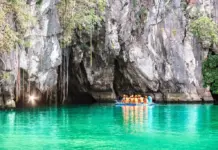






























![10 best airports in Asia in 2016 [RANKED] kuala-lumpur-international-airport-best airports in asia in 2016 by skytrax ratings](https://livingnomads.com/wp-content/uploads/2016/08/29/kuala-lumpur-international-airport-best-airports-in-asia-in-2016-by-skytrax-ratings-218x150.jpg)








